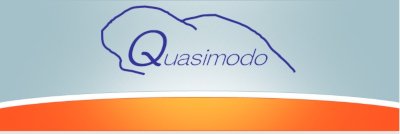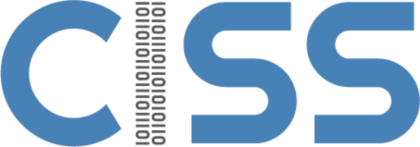Quasimodo - Quantitative System Properties in Model-Driven-Design of Embedded Systems
If someone mentions the European Union’s 7th Framework Programme, the eyes of most European researchers will start to shine. The programme, which is the largest and longest-running research programme in the history of the EU, gives out more than 50 billion Euros to co-European research projects over the next five years.
One of the projects that have already gotten through the eye of the needle is the Quasimodo project, of which CISS is coordinator and the main driving force. The aim of Quasimodo – the name means Quantitative System Properties in Model-Driven Design of Embedded Systems – is to determine the potential for developing models capable of taking over some of the work related to measuring and experimenting during the development process when designing new software – and thus help save valuable time during the development process.
”Our goal is to increase the competitiveness of European companies by the use of models that will enable them to design complex systems in a both faster and cheaper way,” associate professor Brian Nielsen, CISS, explains.
Strong international partnership
The project, which has an overall budget of 2.7 million Euros, has received 1.9 million Euros from the EU’s 7th Framework Programme. And the co-European team brought together in Quasimodo is a strong one.
Apart from CISS, a further eight partners participate: Le Centre National de la Recherche Scientifique, France, the Universities of Aachen and Saarland, Germany, Université Libre de Bruxelles, Belgium, Embedded Systems Institute, Holland – in addition to three companies: Terma, Denmark, Hydac, Germany, and Chess, Holland. ”It is a strong partnership and the best within the field that the project focuses on. And everybody is very committed. We saw proof of this for instance in January this year, when we held the kick-off meeting with more than 30 participants. We experienced a great enthusiasm for the project,” Brian Nielsen explains.
Flower stands, pumps and satellites
The Quasimodo project takes its point of departure in three concrete challenges that the three participating companies are currently facing, and the research institutions work across borders in order to find solutions for them. Solutions which are to be converted into more general solutions to the benefit of other companies.
“Among other things, we are going to be working with controlling hydraulic pumps, in which for instance electricity consumption and wear are significant quantities to have under control. We want to minimize both, but unfortunately control with minimized electricity consumption causes too much wear on the machinery and vice versa, so the question is how to find a practical overall optimum?” Brian Nielsen explains and continues:
”Our work within intelligent sensor networks on flower stands has a special relevance for Holland. In an attempt to prevent the disappearance of flower stands, we need to enable the stands to notify each other – and for instance gather the information and send it on through a ‘super stand’.”
In Denmark, Quasimodo is going to be working with software for controlling satellites. “Shortly speaking, the three challenges have the following in common: they are concerned with the analysis, simulation, code generation and testing of models, all of which will eventually be converted for use in practice. Afterwards, the results will be disseminated to the industry,” Brian Nielsen emphasises

